The green Vietnamese vegetables are planted almost all year round, giving stable yield and quality of the harvest.
The price of vegetables on the market is relatively low and less volatile.
This feature also determines the eating culture of Vietnamese people, in which green vegetables are indispensable in the daily menu of every family.
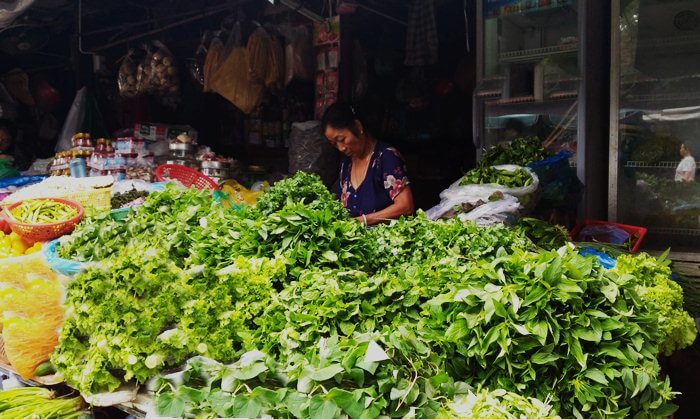
Most common vegetables are found in almost all markets in Vietnam, shopping malls, and supermarkets.
Please check the most popular vegetables you can find easily when visiting Vietnam as below!
1. Rau muống (Water spinach)
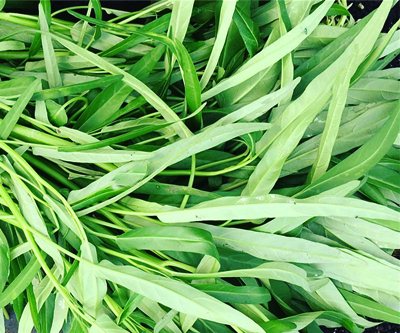
When speaking of Vietnamese green vegetables, it is impossible not to mention water spinach. This vegetable is the most popular in the country. The price of water spinach is also listed as the cheapest. Morning Glory, another name for water spinach, is grown and harvested year-round.
There are two basic types of water spinach according to the way of planting. They are dried spinach (also known as seed spinach), and water spinach.
Dried spinach is grown by using the seeds in dry beds. Dried spinach has long, pointed leaves, vertical stems, and a lighter green color. Dried water spinach is usually produced only the first time with a quality product. For the next time, dried spinach causes harder stems, not very soft.
Water spinach has more rounded leaves and a much darker green color, and its stalks lie on the water’s surface. The water spinach lives in water fields.
After harvesting, farmers only need to provide plants with enough nitrogen so that vegetables can continue to be harvested the next time without necessarily replanting from the beginning.
The price of freshwater spinach in Vietnam ranges from 15,000 VND to 40,000 VND for 1 kg.
Water spinach is often used in Vietnamese daily meals with many different cooking methods: commonly boiled, sautéed garlic, cooked soup, mixed as a salad, or used with other raw vegetables.
2. Rau lang (Sweet potato leaves)
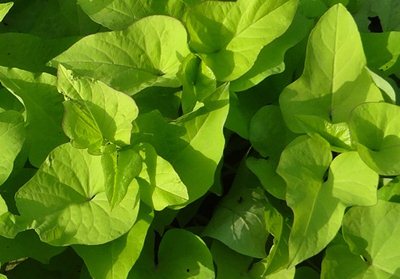
Sweet potato leaves, which can be used as vegetables, are obtained from the mature vines, including the tops and young leaves. Sweet vegetables are dark green, and the price is quite low.
Typically, the leaves of sweet potato have a good effect on health, with large amounts of vitamins, such as C, Calcium, Magnesium, Potassium, Phosphorus, B1, B6, PP, and rich fiber. Besides, in the leaves, there are also substances, such as beta-carotene, lutein, zeaxanthin, and beta-cryptoxanthin.
Therefore, sweet potato leaves are one kind of traditional herb. They have useful effects on constipation, diabetes, rheumatoid arthritis, kidney damage, and weak physiology. Also, sweet potato leaves help people to get healthy skin, slim shape, stroke, and less fat.
In Vietnam, sweet potato leaves are popular vegetables. The people sell them all year round, usually sold in bundles of 10 to 15 tops, equivalent to about 200g. The average price is about 4,000 VND to 6,000 VND (~ 25 cents)
Sweet potato leaves are present in everyday meals with simple processing, such as boiling, stir-frying garlic, and cooking soup.
3. Xà lách (Lettuce)
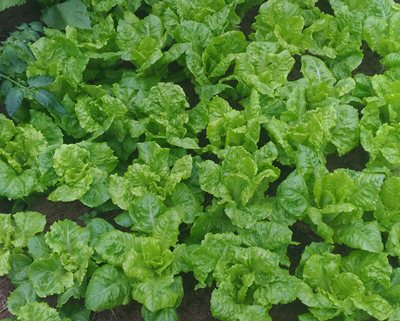
Lettuce in Vietnam is rich in species such as carol lettuce, romaine lettuce, oak leaf, and lettuce gourd. These kinds of vegetables are easy to distinguish. Mainly based on differences in leaf shape and color. Most lettuce types in Vietnam are crunchy, sweet, thin leaves, and not too soft.
Among them, lettuce and green oak lettuce are the two most common and the cheapest types. The price of lettuce ranges from 25,000 VND to 40,000 VND per kg. Meanwhile, 1kg of romaine lettuce or fat lettuce costs 60,000 VND or more.
Da Lat in Vietnam is a paradise of lettuce vegetables. Here, lettuce can grow all year round, produce good productivity, and come throughout the country.
Lettuce is mainly used to make raw vegetables, mixed salads, or served with high-in-protein foods.
4. Rau mồng tơi (Malabar spinach)
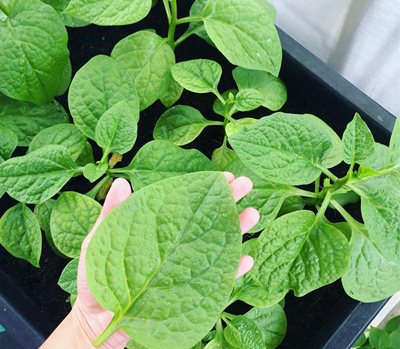
Malabar spinach is also a popular Vietnamese vegetable. Malabar spinach has a fat body, succulent, and contains many viscous insides. Thick leaves are dark green with heart-shaped or oval.
In Vietnam, Malabar spinach is one of the well-known green Vietnamese vegetables in daily meals, and it is also traditional medicine. It has the effect of a laxative and cures constipation and milk benefits. Malabar spinach is good for men with aplasia and helps reduce blood fat.
Rau Mong Toi is sold regularly in most markets and supermarkets in Vietnam. The price ranges from 15,000 VND to 40,000 VND per kg.
This vegetable is suitable for processing soup, boiled or eaten in a hot pot.
5. Rau đọt bí (Pumpkin buds)
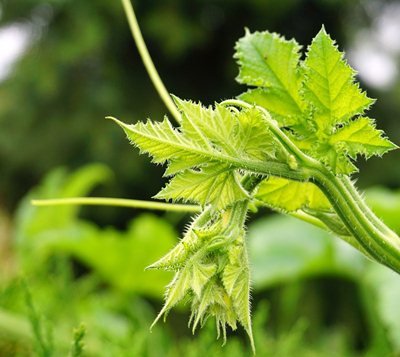
Pumpkin buds are the young leaves and tops that are harvested and used as vegetables for daily meals. The people in Vietnam collect male pumpkin flowers and young fruits that are incapable of growing. Young pumpkin buds are soft and rich in fiber with a sweet taste, and the young fruits are crunchy.
Most Vietnamese people love this pumpkin dish. It is because, in addition to the fresh taste, crispness, and natural sweetness, pumpkin vegetables are also extremely good for health.
Pumpkin usually is harvested in February, March, September, and October each year. The cost of pumpkin buds is also relatively higher than the rest of the vegetables, about 40,000 VND to 80,000 VND per kilogram of fresh ones.
Pumpkin buds are the best when they come to stir-fry with beef, shrimp, and garlic. They also are boiled or steamed and cooked in a soup.
6. Bắp cải trắng (White cabbage)
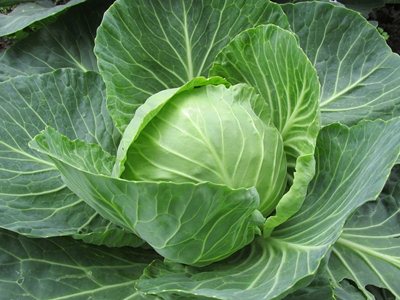
In Vietnam, the harvest of white cabbage is usually in February, March, October, and November each year.
The white cabbage has round shapes and many leaves layered together. The outer layer has a light green color, the more white the inside.
White cabbage is delicious when the layers of leaves are tightly folded together and are heavyweight. It has a rich sweet taste and is crispy when tasting.
White Vietnamese cabbage is usually not too big, weighing from 1kg to 1.5 kg. The price of cabbage is about 15,000 VND to 30,000 VND per kg.
People often use white cabbage for dishes of stir-fry, boiled, steamed, soup, raw vegetables, or sweetened-sour food.
7. Quả bầu (Gourd)
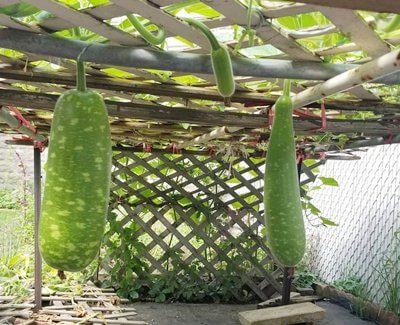
This nutrient-rich, extremely inexpensive fruit is available almost all year round in Vietnam. The gourd is easy to grow, with a high yield. Most regions of Vietnam are suitable for gourd vines.
The people eat young gourd fruits as a kind of vegetable in daily meals. The gourd fruit is succulent and sweet, with few seeds, and soft.
The chef can use gourd for processing into plenty of dishes, such as soup, stir-frying, and mixing as a salad. Salted gourd or sour salt gourd is also a favorite dish of many Vietnamese people. People use salted gourds to store, freshwater fish, or pickled gourds to cook sour soup with fish.
Each kilogram of gourd sold on the market is on an average of 10,000 VND to 20,000 VND.
8. Bí đao (Wax gourd)
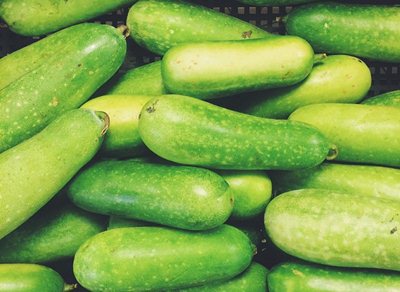
Wax gourd belongs to the gourd family, also known as a white gourd, zucchini, growing quite popularly in Vietnam. Each year, the crop of the wax gourd is from February to March.
The farmers collect wax gourd from young to old fruits. With young fruits, the storage time is shorter after harvest. The diners often prefer young wax gourd as a green vegetable used to cook soup or stir fry. Conversely, older fruits can be up to 2m long, with storage time from 1 to 2 months under normal conditions in a well-ventilated space.
Many housewives do not usually love to choose old wax gourd for their family, because the quality and taste are not so good. But, the old ones are suitable for processing gourd tea or jam.
Some people also use the old wax gourd as traditional herbs after drying them to support weight loss, skin beauty, moisturizing, diuretic, kidney protection, and diabetes prevention.
A kilogram of the wax gourd in Vietnam has a price ranging from 20,000 VND to 40,000 VND.
9. Rau má (Pennywort)
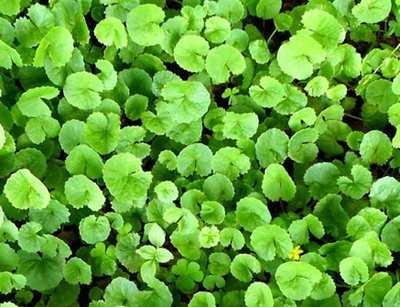
The list of favorite vegetables in Vietnamese daily meals cannot exclude pennywort. The pennywort is a type of ground plant that has dark green leaves, round in shape, growing on a group with a long stalk from 5cm to 20cm.
Pennywort covers two basic types, which grow naturally, and vegetables are cultivated and cared for carefully in the garden.
Natural pennyworts produce smaller leaves, hard rhizomes, and short stalks, but housewives like them because of their better sweet aroma. On the contrary, these vegetables are cultivated for high yield, large leaves, and long stalks. When harvested, the rhizomes are removed and are softer when eaten, but have less flavor.
Pennywort is very suitable for making soups or used as raw vegetables. Also, many people use pennywort to make tea to help with a diuretic, lower blood pressure, enhance memory, and eyesight, and maintain a young age for skin and brain.
Besides, people also use pennywort as a traditional medicine that supports the treatment of diseases such as edema, laryngitis, veins, bronchi, hemorrhoids, leprosy, and psoriasis.
Pennywort in Vietnam is cheap, from 20,000 VND to 35,000 VND per kg.
10. Mướp đắng (Bitter gourd)
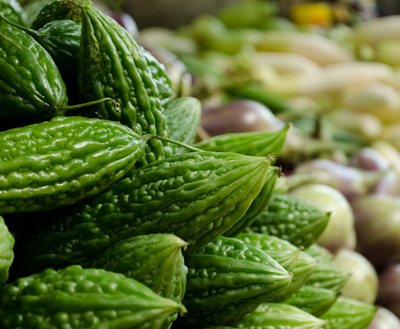
Characterized by an unforgettable bitter taste, a rough skin with round thorns, bitter gourd is very difficult to win the hearts of first-time tasters. However, this is the fruit that many Vietnamese people use as a favorite vegetable in their daily meals.
Many delicious dishes are cooked from bitter gourds, such as shrimp soup, stir-frying eggs, stir-frying chicken, or duck’s heart with bitter gourd. Another is to cook it with fish balls as soup, pork stuffed inside it, or prepare a bitter gourd salad.
In addition to a familiar daily vegetable, bitter gourd is used in the treatment of diabetes, blood pressure, diuretics, anti-inflammatory, antipyretic, and immune system enhancement. Many people cook bitter gourd and mix it with fresh water to wash babies to help their skin to clean and fresh.
Bitter gourd can grow year-round. The price of bitter gourd in the market ranges from 35,000 VND to 60,000 VND per kg.
11. Mướp ngọt (Sweet melon)
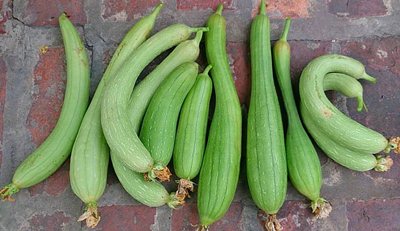
Sweet melon belongs to the family of cucurbits with climbing stems, and green-round-long fruits. Sweet melon grows easily with plenty of fruits all year round. The sweet melon contains a lot of watera and has a sweet taste with a cool character. Sweet melon is used as a vegetable for daily meals when young.
Sweet melon is low and easy to process, and it has cool features, so it is very popular with chefs. Sweet melon can be cooked as soup, sautéed, or steamed dishes. Its price ranges from 15,000 VND to 20,000 VND per kg.
Besides being a delicious and cheap vegetable in daily meals, sweet melon also has many benefits to health, such as prolonging skin life, fighting inflammation, and supporting the treatment of sore throat, cough, and asthma.
For women, sweet melon helps to solve the problem of milk obstruction and supports the treatment of menstrual pain relief and excessive menstruation.
12. Rau dền (Amaranth)
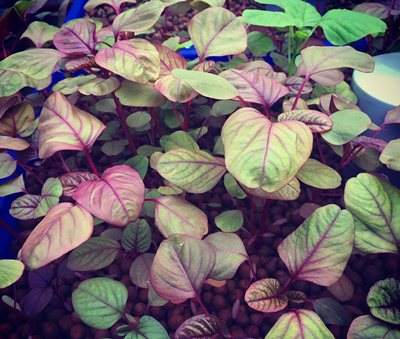
Amaranth is quite popular in Vietnamese family meals. Amaranth has a cool feature and sweet taste, and it is exceptionally healthy.
Two types of amaranth are common as vegetables in Vietnam, red and green amaranths. Red amaranth is purplish-red throughout the leaf stems. When cooked, it turns a beautiful red color. The cooking time of the red amaranth is short.
In contrast, with green amaranth, the whole leaf body is green. Although housewives are less selective green amaranth than red ones, green amaranth is still a vegetable that provides many nutrients for the body. Also, they are used as traditional medicine in treating illnesses.
Amaranth is better for bones and joints, people with anemia and diabetes, improving digestion and preventing cardiovascular disease and cancer.
Amaranth can grow mostly all year round in Vietnam. Amaranth prices range from VND 20,000 to VND 45,000 per kg.
The most popular way of making amaranth is to cook it as soup, in addition to boiling or stir-frying amaranth.
In Vietnam, green vegetables, besides Vietnamese herbs, are indispensable foods with diverse and rich varieties. Green Vietnamese vegetables can be grown and harvested all year round at low prices.
Most popular vegetables contain a lot of nutritious and healthy vitamins. Green vegetables are used as a delicious, nutritious, and cheap dish and used as good herbs, necessary for the body. Despite that, the traditional medicines in the article here as for reference, not real treatment methods.
The culture of using green vegetables as essential food every day also contributes to the Vietnamese body having less trouble with overweight, obesity, skin, and joint problems.
Frequently asked questions about Vietnamese vegetables:
Which is the most popular way to cook Vietnamese vegetables?
Most people like to boil Vietnamese vegetables unless they are salad. Boiling is a fast cook and can keep most vitamins of vegetables.
Which is the most common vegetable in Vietnam?
Rau Muong (water spinach) is the most well-known vegetable in daily Vietnamese meals. It is because Rau Muong is easy to grow and cook when they can boil, fry, or eat it rawly.
What kinds of Vietnamese pickled vegetables do people use for Banh Mi?
Although Vietnamese people use many kinds of vegetables for Banh Mi, the pickled ones are not green vegetables. The pickled vegetables are made from carrot and green papaya soaked in saltwater with sugar and vinegar.